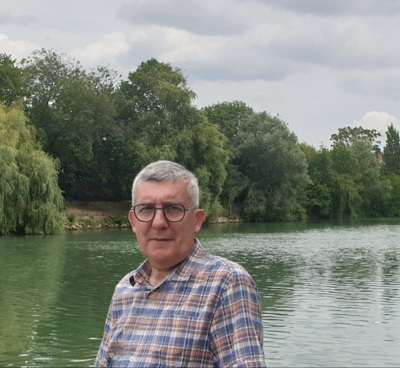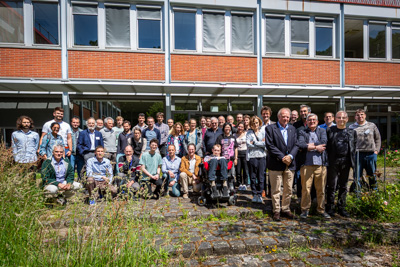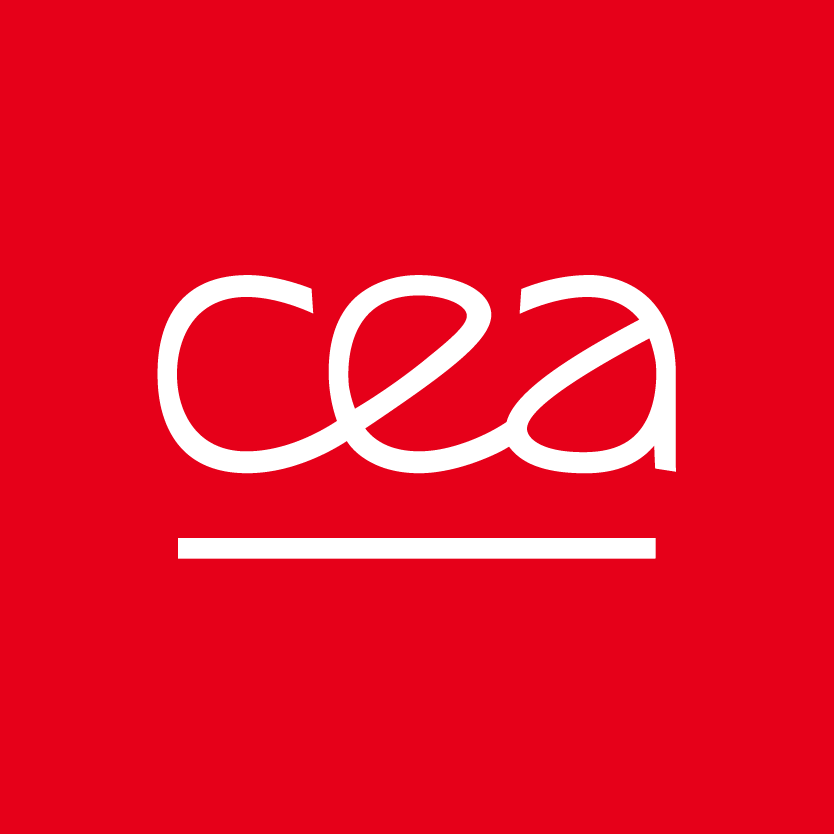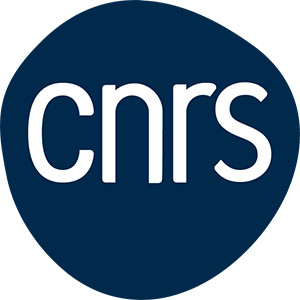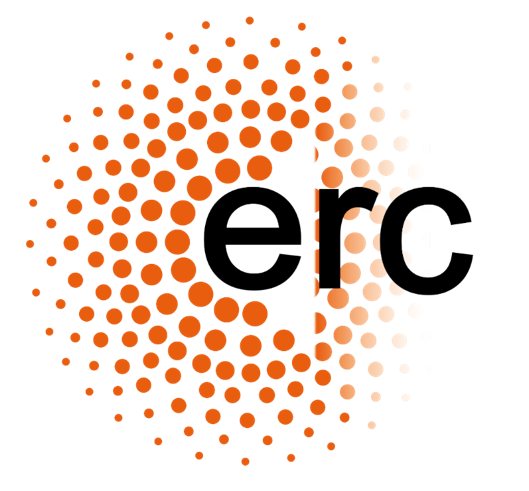L’esprit des cartes : une conférence en l’honneur d’Emmanuel Guitter
→
Europe/Paris
Amphithéâtre Claude Bloch, Institut de Physique Théorique, Orme des Merisiers, CEA Paris-Saclay
Amphithéâtre Claude Bloch, Institut de Physique Théorique, Orme des Merisiers, CEA Paris-Saclay
Description
Nous avons célébré les 60 ans de notre collègue et ami Emmanuel Guitter par une rencontre scientifique autour des thèmes qui lui sont chers.
Mise à jour : les vidéos des exposés sont en ligne !
Oratrices et orateurs invités :
- Mireille Bousquet-Mélou (LaBRI, CNRS/Université de Bordeaux)
- Mark Bowick (KITP, University of California Santa Barbara)
- Timothy Budd (IMAPP, Radboud Universiteit)
- Nicolas Curien (IMO, Université Paris-Saclay)
- François David (IPhT, CNRS/CEA Paris-Saclay)
- Éric Fusy (LIGM, CNRS/Université Gustave Eiffel)
- Charlotte Kristjansen (NBI, Université de Copenhague)
- Jean-François Le Gall (IMO, Université Paris-Saclay)
- Grégory Miermont (UMPA, École normale supérieure de Lyon)
- Jason Miller (DPMMS, University of Cambridge)
- Enzo Orlandini (DFA, Università degli Studi di Padova)
- Gilles Schaeffer (LIX, CNRS/École Polytechnique)
- Sofia Tarricone (IMJ-PRG, Sorbonne Université)
Comité d'organisation : Jérémie Bouttier, Philippe Di Francesco, Bertrand Duplantier, Bertrand Eynard, Camille Flouret, Laure Sauboy
Soutien financier : IPhT (CEA/CNRS), projet ERC-SyG ReNewQuantum
Informations d'accès / access information :
Participants
Alexis Metz-Donnadieu
Anne Capdepon
Arthur BLANC-RENAUDIE
Bertrand Duplantier
Cesare Nardini
Claude Godrèche
Clément Chenevière
DELPHIN SÉNIZERGUES
Dimitri Korkotashvili
Emmanuel Guitter
Emmanuel Kammerer
Fabien Vignes-Tourneret
François David
Frédérique Bassino
GREGORY KORCHEMSKY
Grégory Miermont
Henri Orland
Hugo Manet
Igor Kortchemski
Jeremie BETTINELLI
Jérémie Bouttier
Marc Barthélémy
Mathieu Mourichoux
Mireille Bousquet-Mélou
Nicolas Tokka
Philippe Di Francesco
Raphaël Maire
Riccardo Guida
Sofia Tarricone
Sumeja Burekovic
Tanguy Lions
Thomas Buc--d'Alché
Valentin Bonzom
William Fleurat
- +40
